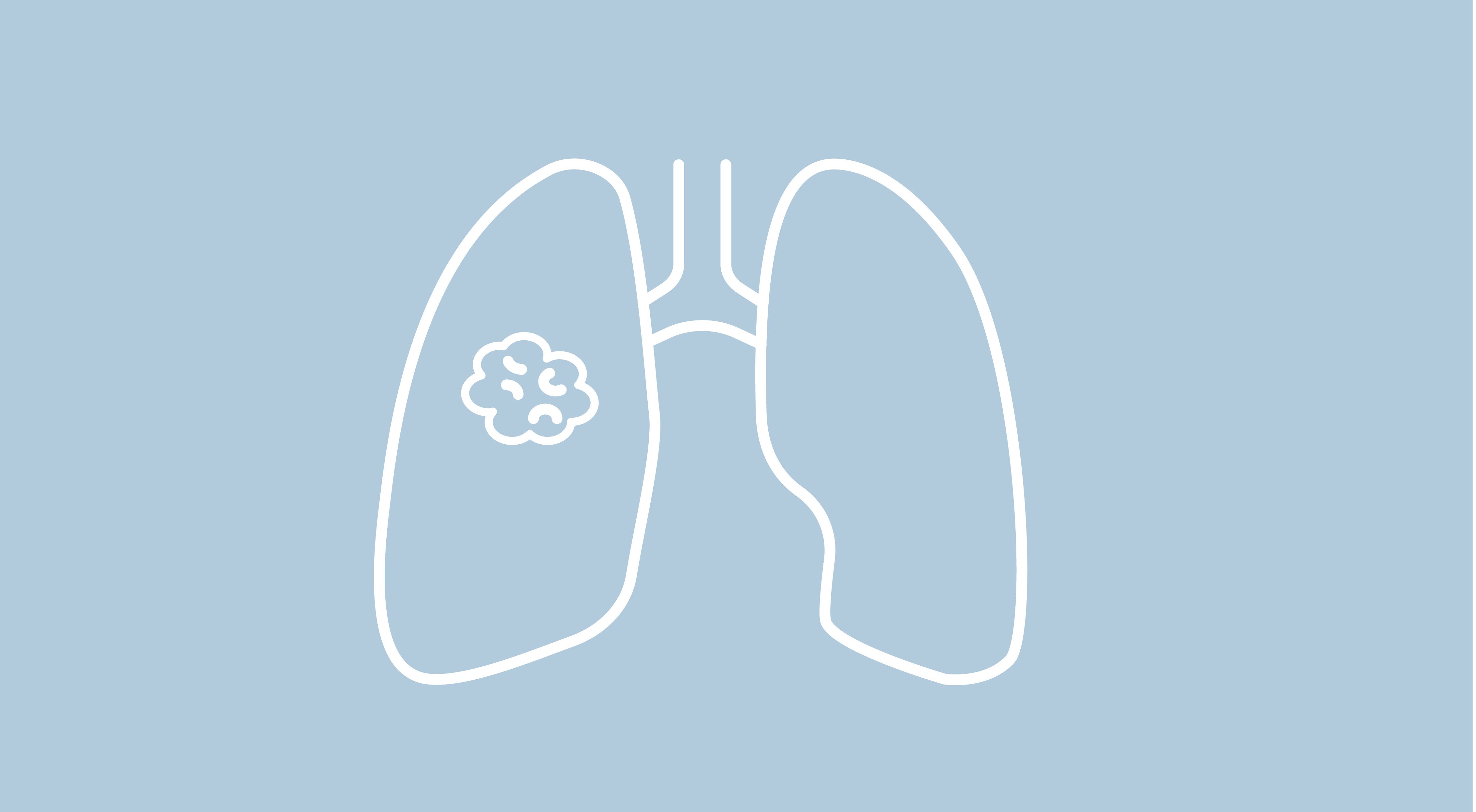Updates in Lung Cancer Screening Criteria Increase African American Patient Participation
The expansion of screening criteria is an important step in decreasing lung cancer screening disparities in high-risk populations. Efforts to expand community outreach, overcome logistical barriers, and facilitate screening adherence must still be made, experts say.
Updates in Lung Cancer Screening Criteria Increase African American Patient Participation

A significantly higher proportion of African American patients were screened for lung cancer through a centralized lung cancer screening program after criteria were expanded to include younger participants and those with a lower smoking intensity threshold, according to a retrospective cross-sectional study recently published in The Journal of the American Medical Association. 1
In March 2021, the US Preventive Services Taskforce expanded lung cancer screening eligibility by lowering the minimum age stipulated in the 2013 criteria from at least 55 years to 50 years and decreasing the smoking intensity threshold from at least 30 pack-years to 20 pack-years.,2 Between March 9, 2021, and December 9, 2021, patients who were newly eligible under the 2021 criteria (n = 161) and patients who were eligible under the 2013 criteria (n = 654) were screened for lung cancer at an urban, academic medical center.
Notably, the 2021 criteria cohort had a higher proportion of African American patients compared with the 2013 criteria cohort, 54.0% compared with 39.5%, respectively (P = .02). There was also a proportional increase in the number of patients who reported their current smoking status, 65.2% vs 55.0% (P = .02).
The study followed the Reporting of Observational Studies in Epidemiology reporting guideline. Study authors identified patients in the lung cancer screening program registry of the single institution and divided them into a US Preventive Services Taskforce 2013 criteria-eligible cohort (age ≥ 55 years; smoking ≥ 30 pack-years; quit smoking < 15 years ago) and a US Preventive Services Taskforce 2021-eligible cohort (age 50-54 years; smoking 20-29 pack-years; quit smoking < 15 years ago).
Self-reporting was used to compile data on patient race, ethnicity, and gender. Race was recoded as African American, White, and other. There was also an additional, historical cohort from the same 9-month span in 2019 that was identified for further comparison.
In terms of statistical analysis, descriptive statistics, independent t tests, and χ2 tests used a P < .05 significance threshold. All statistical analyses were also 2-sided.
Additional findings from the study showed that a lower proportion of patients who were newly eligible under the 2021 criteria had Medicare insurance compared with those who were eligible under the 2013 criteria (17.4% vs 39.6%). Notably, patients who were eligible for screening under the newer criteria had a lower mean lung cancer risk by the PLCOm2012 model (3.27 vs 6.64).
No significant differences were reported between the 2 criteria in terms of educational attainment, or Lung Imaging Reporting and Data System (Lung-RADS) results. There were also no major divergences between the 2013-eligible cohort and the historical cohort that was pulled from 2019 concerning age, gender, race, smoking history, PLCOm2012 risk, or Lung-RADS distribution.
Investigators noted that the study was limited by its single-institution design. Additionally, there was a small pool of patients reporting to be a minority race/ethnicity besides African American.
Study authors noted that the expansion of screening criteria is an important step in reaching lung cancer screening equity for all high-risk populations, but additional obstacles persist. Efforts to expand community outreach, overcome logistical barriers, and facilitate screening adherence must still be made, they concluded.
References
- Shusted CS, Evans NR, Kane GC, et al. Analysis of lung cancer screening by race after USPSTF expansion of screening eligibility in 2021. JAMA Netw Open. 2022;5(6):e2217578. doi:10.1001/jamanetworkopen.2022.17578
- US Preventive Services Task Force; Krist AH, Davidson KW, Mangione CM, et al. Screening for lung cancer: US Preventive Services Task Force recommendation statement. JAMA. 2021;325(10):962-970. doi:10.1001/jama.2021.1117


